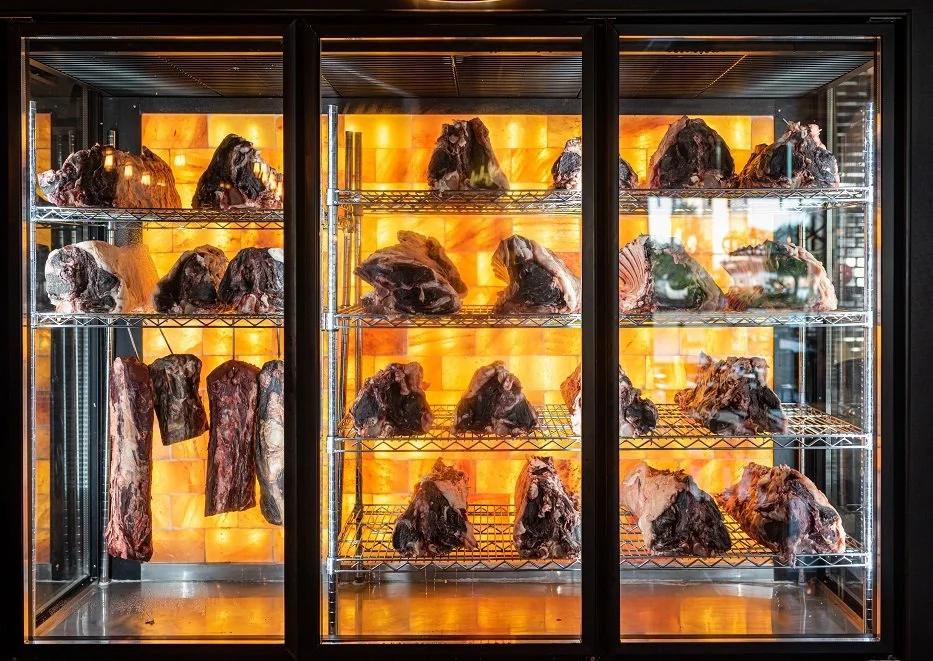Cooling Brothers Glass replaced ageing systems with Humiscope desiccant dehumidifiers, achieving precise 22 °C and 20% RH for high-quality glass lamination and reliable performance in Perth’s demanding climate.
Case Study - Specialised Drying Room
Case Study - Portable Drying Room
Desiccant vs Mechanical (Refrigerant) Dehumidification
Case Study - Low Dew Point, Ultra Dry Room
Case Study - Flower Drying
Dry Aging Meat - Desiccant Dehumidifier Or Salt Blocks
Case Study - Dry Ageing Meat - Benefits of a Drying Room
Case Study - Seed Storage Containers
Case Study - Humiscope Designs Ultra Dry Room for Global Alternate Energy Battery Producer
Case Study - Desiccant Dehumidifier Doubles Production Rates
Case Study - Dehumidifier Hire Crucial for Cold Room Dry Room
A commercial Dehumidifier in a cold room dry room at a large research facility was crucial in maintaining the integrity of it stored product. Humiscope’s expertise in knowing the best rental commercial dehumidification system and delivering it quickly and installing it professionally meant the moisture in the cold storage room did not become an issue.
How to Choose the Right Dehumidifier
To choose the right industrial or commercial dehumidifier will depend on a few variables. Each Dehumidifier has a different capacity of humidity removal. Dehumidifier selection will depend on current indoor temperature and humidity, target humidity, size of the space, what the space is being used for plus…
Case Study - Humidity Control in Cold Storage and Process Freezers
Case Study - Dehumidifier for Pharmaceutical Production Processes
Large private label pharmaceutical manufacturer was facing the challenge of keeping its powdered compounds from absorbing moisture and turning gluey. The high humidity in the packaging area caused issues with the integrity of hygroscopic ingredients and caused production downtime and delays to market.



















